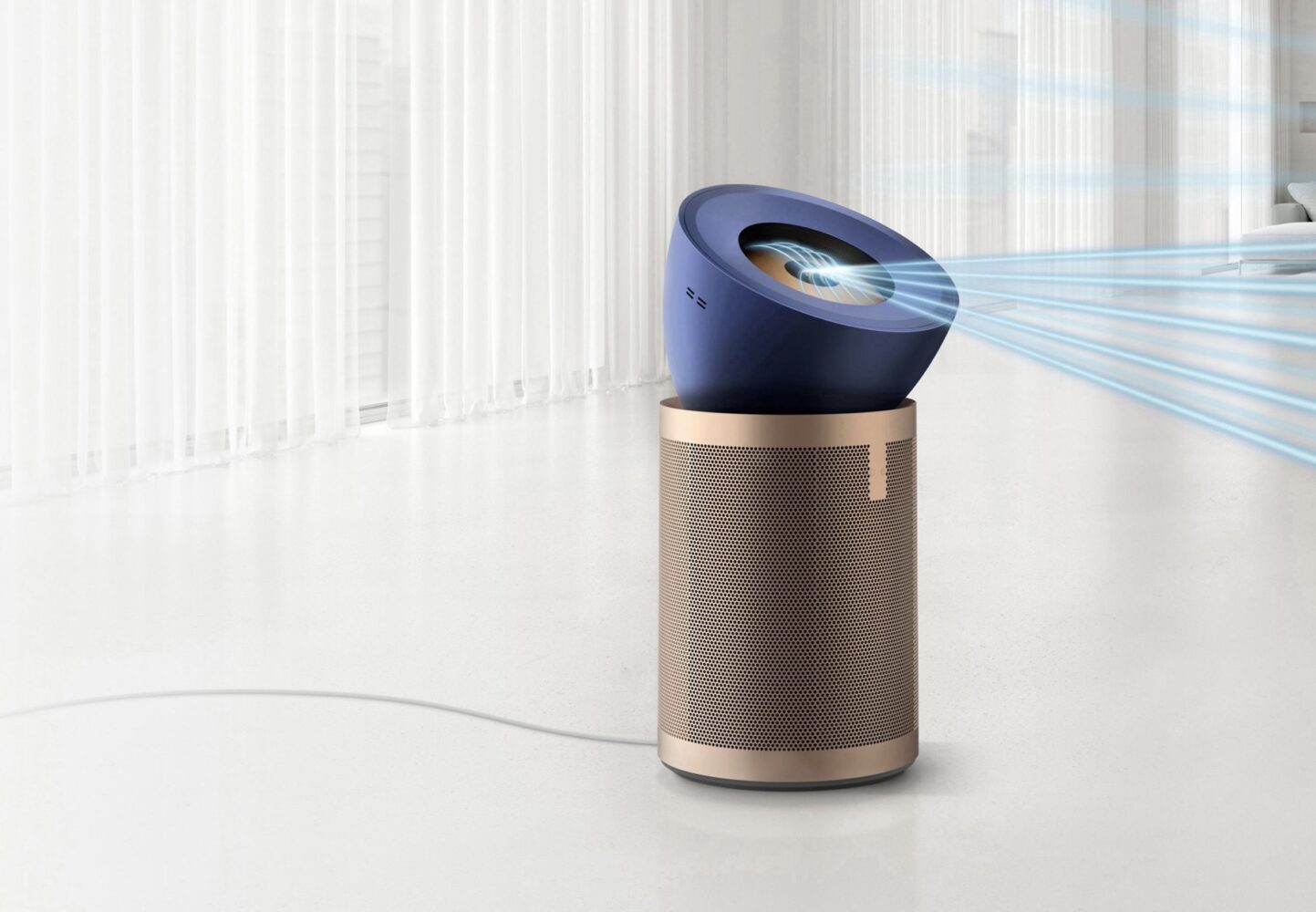We had a unique opportunity to visit the Dyson HQ Campus in Malmesbury, UK and the RDD Centre for Robotics at Hullavington, to get an inside look at the tech, science and engineering behind the Dyson products we use every day.
Now nearly a week after the visit, I can’t stop thinking how we actually underestimate the cleaning the process in our own homes, from the type of dirt that accumulates, to the mites that live in our mattresses (ya, there’s also a video about that later). When you actually get to understand the science being the development of these products, you also start analyzing what’s around you in your home.

Throughout the tour, we got to understand what makes Dyson products, the best in their class, and how the development of these products set them apart from their competitors.
At Dyson, all development and research is done in-house, which gives the company an edge over others when testing new products. Facilities from microbiology (the literally study dries from all over the world), research, to design engineering and even 3D printing to test samples work hand in hand to make sure products hit the markets ready to impress customers.
For instance, Dyson’s air purifiers are engineered taking into consideration airflow, aerodynamics, and microbiology to ensure effective air circulation. Furthermore, Dyson uses a dual-stage HEPA-grade filtration system which captures 99.95% of particles down to 0.1 microns. All the machines are also HEPA-grade sealed ensuring only clean air is absorbed.

We had access multiple lab station around the campus with some interesting insights on what goes on in there.
The Dyson vacuum labs
In these labs, Dyson multiple asters of their vacuum series, from suction power thought testing on multiple surfaces from around the world, to filtration systems, even down to the details of debris they machines pick from our floors.




Sound labs
This is where all products get tested to make sure they get to costumers with lowest optimized level of noise possible.

Sensors and robotics lab
This is where machines like the Dyson 360 Vis Nav get its most important components, its sensors, which allows it to navigate around our homes smartly while cleaning.


The dirt lab
yes, the dirt lab, this was probably one of the most interesting labs I’ve stepped into during my visit there. Dyson collects dirt, debris and dust from literarily every corner of the globe, analyzes it and understands how it interact with humans and machines.
Dyson’s team of in-house microbiologists have been studying real dust and analysing particles measuring 70 microns in size – the width of human hair – right down to 0.1 microns, the size of a virus. Only through this extensive research can Dyson engineers continue to engineer new vacuum cleaner technologies, to better deal with the conditions they face in the real world.
Dyson’s recent Global Dust Study revealed that in the last year, there has been a significant reduction in the number of people maintaining regular cleaning schedules, yet consumers still spend 25 minutes a week, the equivalent of 65 hours per year, vacuuming homes. In the same study it was found that the UAE and KSA ranked the highest globally, with 63% of people from KSA and 61% of UAE, saying they worry about viruses in the home.


Maybe, most interesting of all, is actually seeing the bed mites live in action living in our mattresses. I’ll just let the video do the talking here.
Sigh, ok moving on…
In a nutshell, Dyson’s philosophy and mission is to solve the problems others ignore, or cant solve, and they are doing just that by investing in young future engineers who study at the Dyson Institute of Engineering and Technology. These students are shaping new technologies and new designs everyday.
Check out the floor care products here.
Check out the Air Purifier here.
Check out the 360 Vis Nav here.






